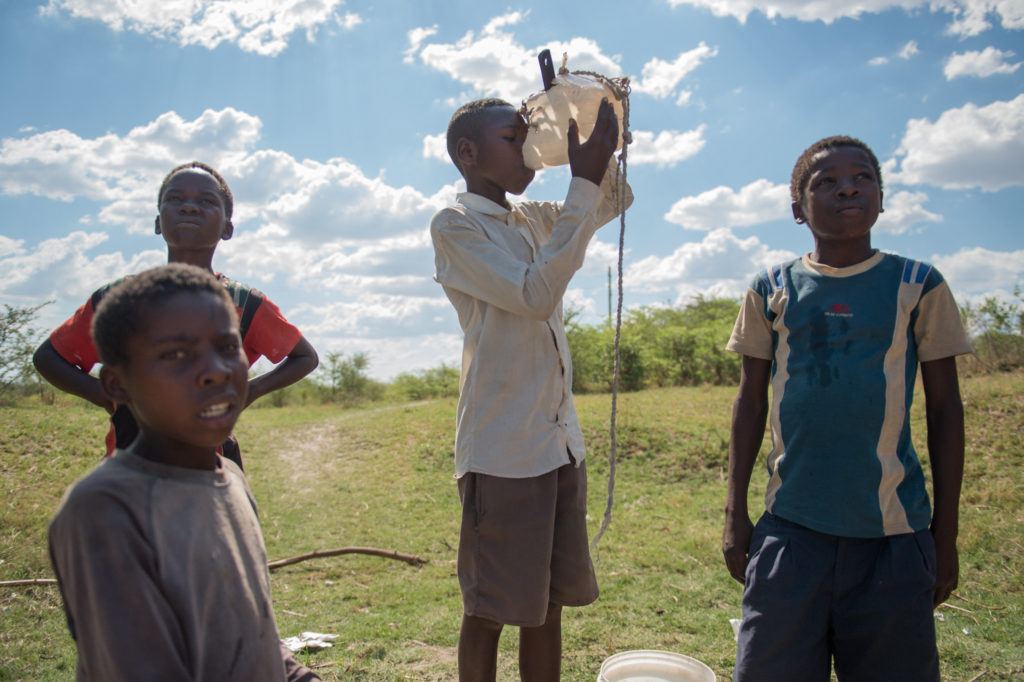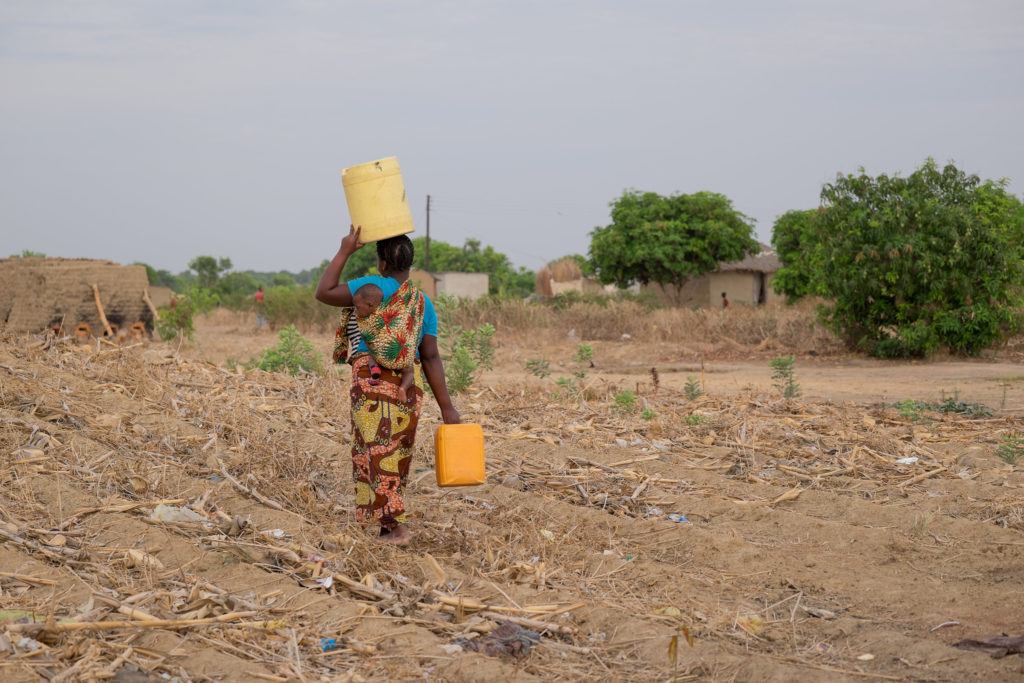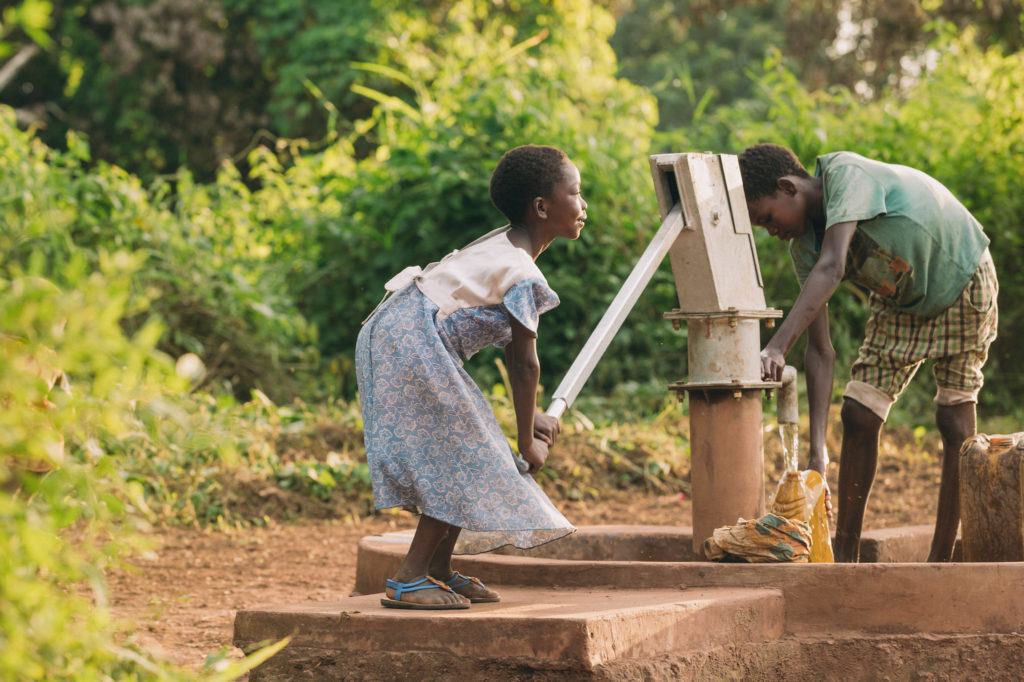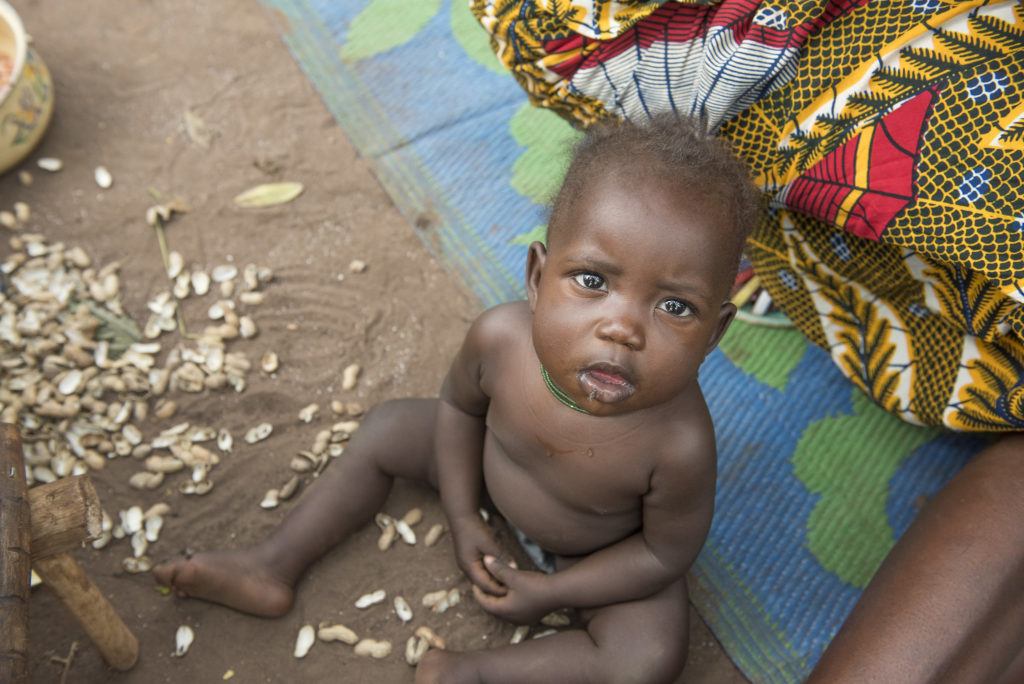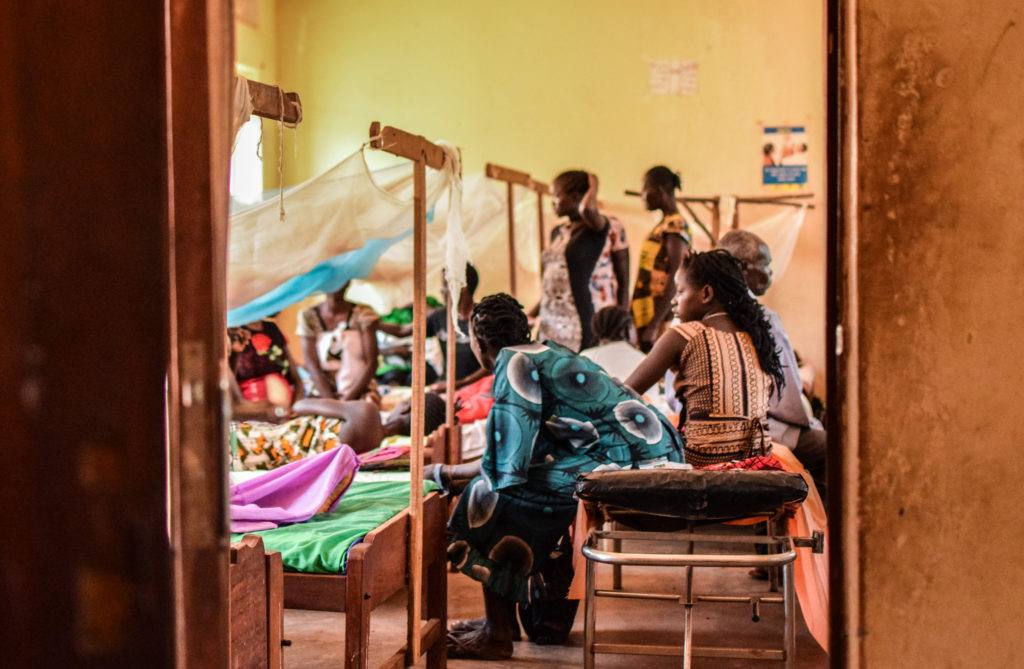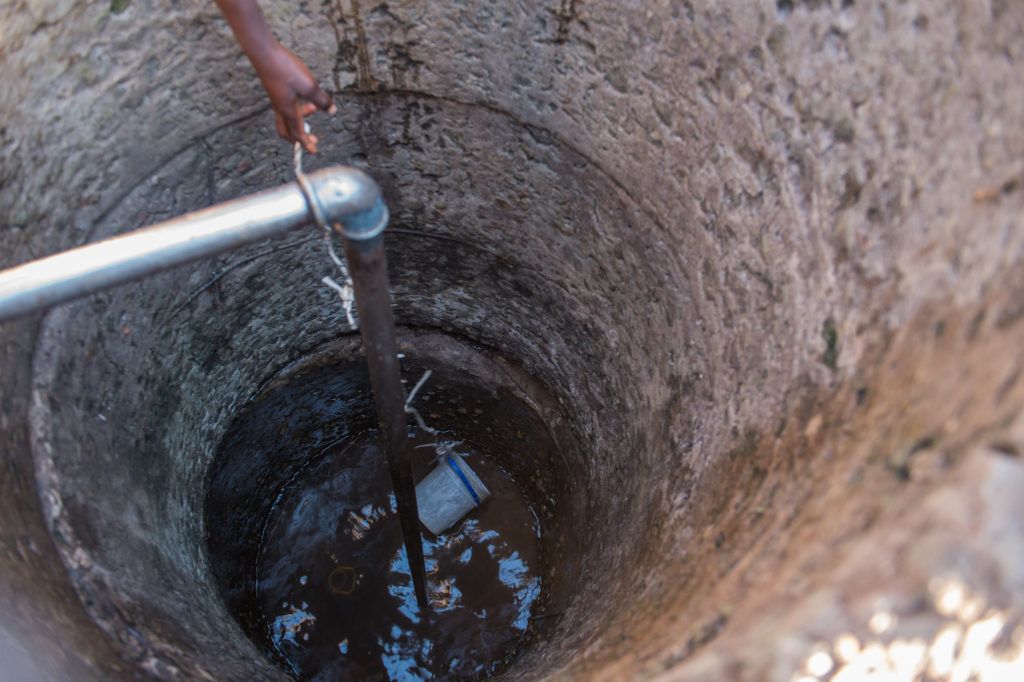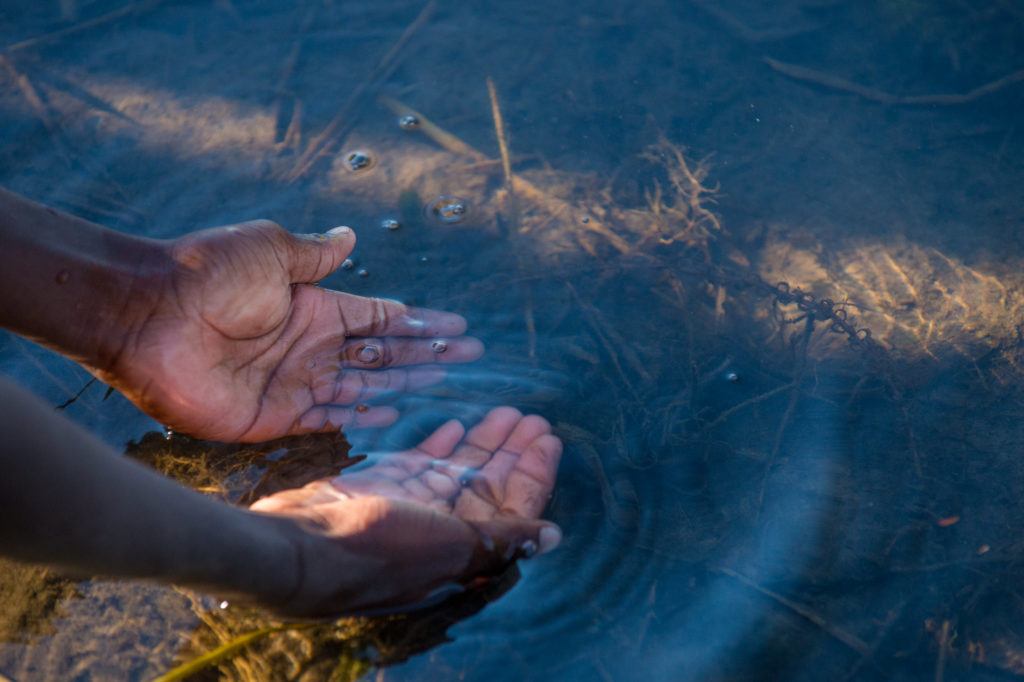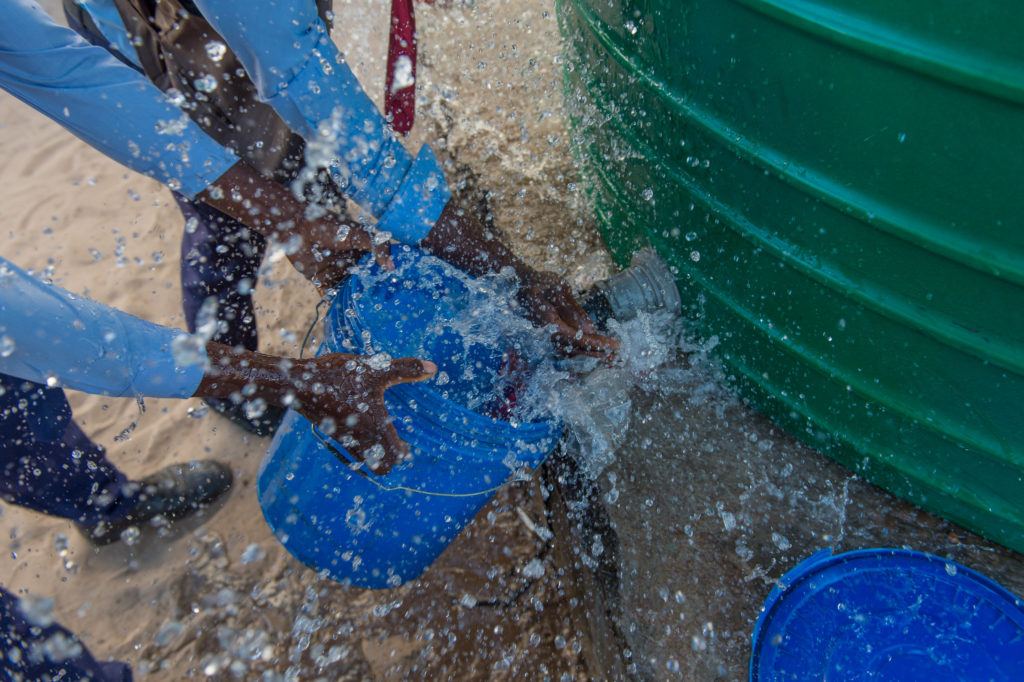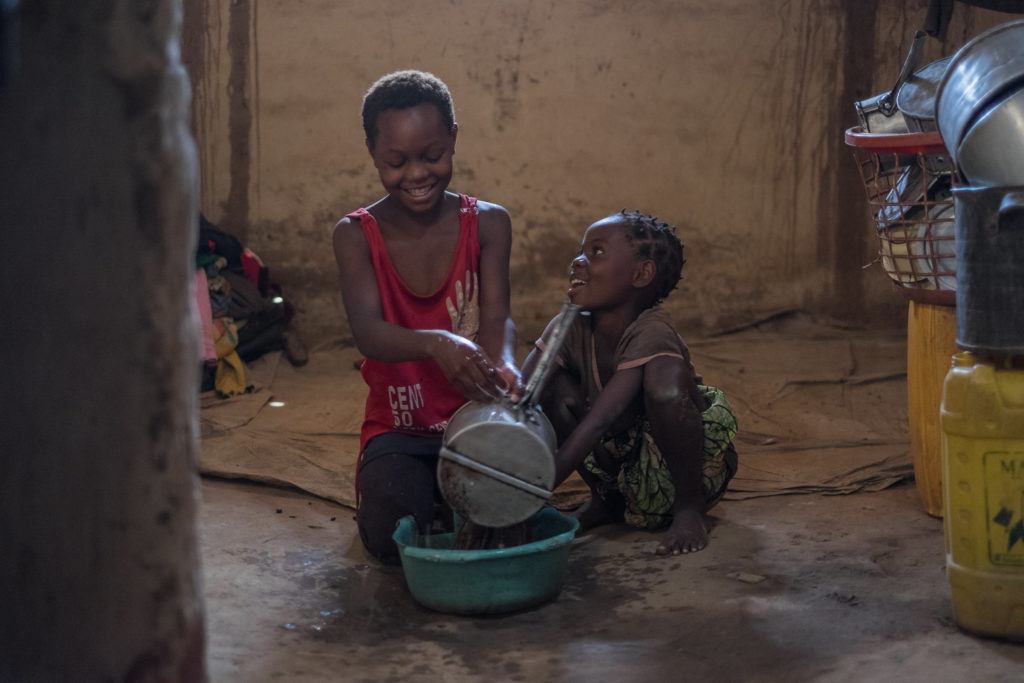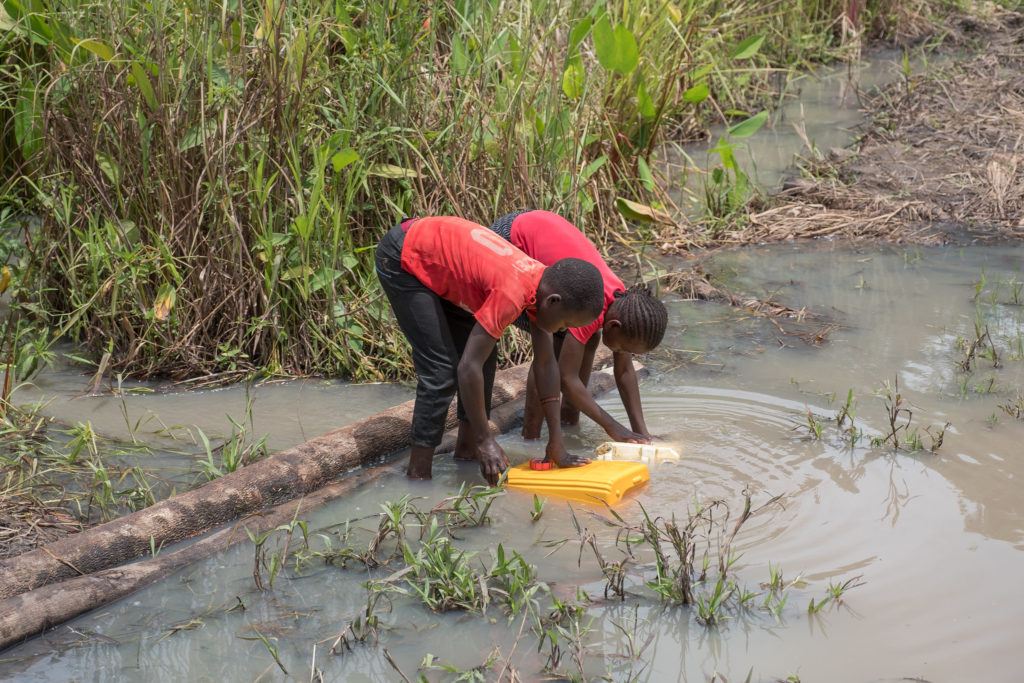So, how did you do?
Whether you are fully hydrated or on the verge of dehydration, we’ve got some info below that is sure to quench your thirst.
Everything You Need to Know About H2O
1) A person can live for roughlythree to five dayswithout water.
While it certainly depends on things like weight, gender, and health, the amount of days a person can survive without water is 3-5 days. So, what happens inside your body when you start going without water?
First thing’s first – you feel thirsty. When you feel thirsty, it means you are already dehydrated. The more severe your dehydration, the more your memory, attention, and mood will be affected (and not for the better).
As you continue to go without water, your kidneys kind of panic and start to retain what water is left in your body. As a result, you pee less and your blood becomes thicker, and that means your heart has to work harder.
At this point, your body is being pushed. Ever feel faint during a run or feel dizzy after standing up too fast? That’s likely your body being pushed because of dehydration. As if that weren’t enough, less water means your body struggles to regulate its temperature – that’s why you feel hot. Your very helpful brain – realizing what’s happening – triggers you to feel thirsty. So for goodness sake, grab some water already!
2) On average, women (and children, usually girls) in developing countries have to walk 3.7 miles to collect water.
And while we are on the subject…
3) If you combined all the hours that women and girls spend collecting water every day around the world, it would equate to 200 million hours.
In remote regions of the world, water that flows out of a faucet is an exception. For most people around the world, getting water requires a lot of walking. This task, even more commonly, falls on women and young girls.
According to UNICEF, collectively around the globe, women and girls spend an estimated 200 million hours — daily — collecting water. It’s a colossal waste of their valuable time. “Just imagine – those 200 million hours add up to 8.3 million days, or more than 22,800 years. It’s as if a woman started with an empty bucket in the stone age and didn’t arrive home with water until 2019.” – UNICEF’s Global Head of Water, Sanitation, and Hygiene Sanjay Wijesekera
What does all this wasted time mean for women? It means less time that women can spend caring for their children or supporting their families. For girls, it steals their education, not to mention their time to be kids.
According to a study looking at 24 sub-Saharan countries, the collection time to gather water is more than 30 minutes, with 3.36 million children and 13.54 million women responsible for making the journey.
4) Around the world, almost 9,800 people die every day from waterborne diseases.
Waterborne diseases are caused by drinking dirty or contaminated water. It is estimated that 3.575 million die from water-related diseases a year, that’s the equivalent of 9,794 a day.
Diarrhea is the most widely known disease linked to contaminated water (and food) and kills around 2.2 million people globally each year (mostly children in developing countries). But there are other, potentially deadly diseases caused by consuming dirty water , like cholera, typhoid, and dysentery.
Why is the incidence so high in developing countries? Because often there is no adequate water treatment facilities or regulations due to a lack of finances (or commitment) available to fund the infrastructure required. As a result, people don’t have access to safe water or proper sanitation. It all has a devastating impact on health, environment, and economy, therefore disrupting a country’s social and economic growth.
5) In the least developed countries in the world, 22% of healthcare facilitieshave no water service.
In the least developed countries, 22 percent – almost 1 in 4 – healthcare facilities have no access to water!
“The one thing that you need to do is wash your hands, whatever bug it is, whatever resistance it has. It’s not a matter or diarrhoeal disease, it’s a matter of any opportunistic infection that can just happily live on skin, or get in cuts, and get inside your body and give people sepsis…We need to break transmission with handwashing.” – Dr. Bruce Gordon, coordinator of WHO’s work on water and sanitation.
In a recent Water, Sanitation and Hygiene in the Health Care Facilities report from the WHO and UN Children’s Fund, they also found that 1 in 5 healthcare facilities has no toilet or latrine – a problem that affects at least 1.5 billion people!
6) The U.S. loses 6 billion gallons of water every single day due to leaking pipes.
As it turns out, that leaky faucet has far greater implications than you might have thought. The average household loses nearly 10,000 gallons of water every year – 90 gallons every day. Are you a household owner? Taking care of leaks will not only help our environment but also your water bill.
The UN says that a human being needs at least 50 liters of water per day in order to prepare meals, drink, and to have enough for personal hygiene. Let’s do a little math. There are approximately four liters in a gallon, so 50 liters translates to 12.5 gallons of water needed a day. That means every day we leak enough water to meet the needs of 480 million people.
7) Less than 1% of the water supply on earth can be used to drink.
While it’s true that 75% of the earth is covered in water, it is also true that only 1% of it is drinkable. How is this possible?
Despite the vast oceans, lakes, and rivers that cover roughly two-thirds of the earth’s surface, only about 2.5% of the water is fresh. Even so, only 31% of that fresh water (2.5%) is accessible to humans – 69% of fresh water remains in the form of ice caps and glaciers.
8) While the average American family uses about 552 gallons of water per day, the average African family consumes only 5 gallons!
In an average U.S. home, showers account for the third largest source of water use after toilets and laundry machines. During the course of one shower, the average person will use 17.2 gallons for roughly 8.2 minutes.
But, let’s break this down more. Water that comes out of your shower faucet flows at an average rate of 2.1 gallons per minute. If you cut your shower down to only five minutes, you would be saving an average of 6.7 gallons of water per shower.
9) Boiling, using chlorine tablets, and using ultraviolet light are ALLmethods of purifying water for drinking.
Contaminated water is responsible for the deaths and illnesses of millions of people each year. That’s why CMMB works with communities in remote and impoverished parts of the world (those with the least access to safe water sources) to empower them with knowledge and solutions to this problem.
Let’s look at how these three methods work to prevent waterborne illness?
Boiling water kills bacteria and other organisms that might be in your drinking water. Most organisms cannot survive past the boiling point of water – 2120 Fahrenheit. In fact, most organisms will die after 30 minutes in water that is above 1600 Fahrenheit.
Chlorine tablets operate very simply. They purify water that has been marginally filtered (meaning water that has been poured through a cloth) within 30 minutes. When the tablets are dropped into the water, they release chlorine which quickly kills harmful pathogens. This process, is actually, very similar to how the water plants that likely supply your own water, make sure it is safe to end up in your water glass.
Ultraviolet light can kill bacteria within a matter of minutes. The device that makes this possible looks similar to a flashlight and is dropped into the water. After a few minutes of swishing, the bacteria is killed and the water is safe to drink!
We partner with P&G to bring safe water solutions to many of the communities we work with.
10) By 2025 half of the world’s population will be living in water-stressed areas?
The reality is that by 2025, half of the world’s population will be living in water-stressed areas. And people – it’s almost 2020 and water scarcity is happening before our eyes, across every continent! This is not a regional problem, this is a global problem that requires all hands on deck.
As our water use continues to grow (at a rate of more than twice the population increase) some regions are already feeling the impact.
